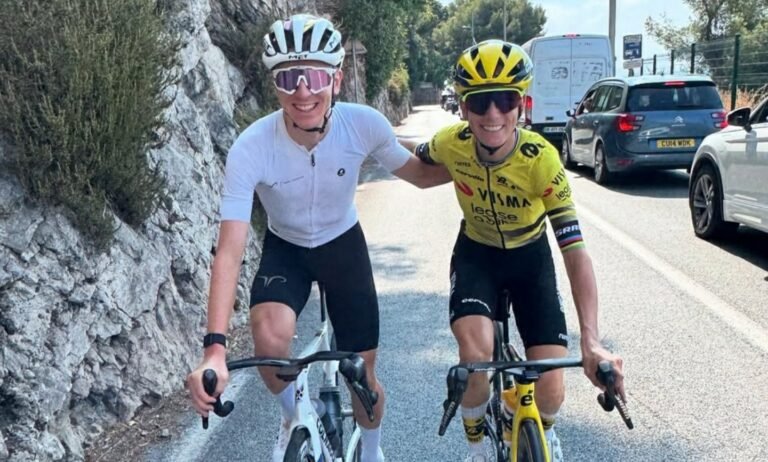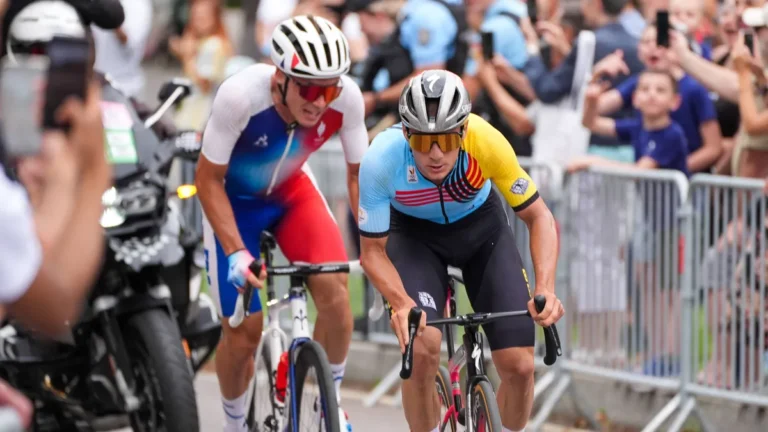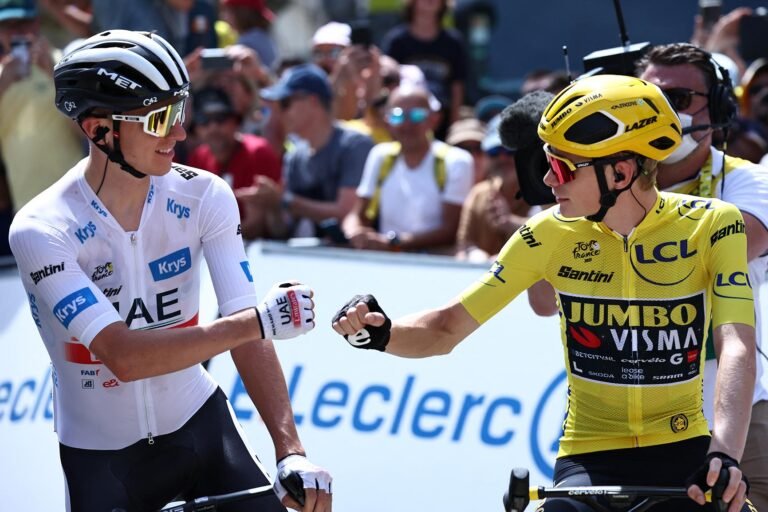
It is now inconceivable to imagine the Tour de France without two elements: the yellow jersey worn by the race leader and the concluding event on the Champs-Élysées, a tradition that marks its 50th anniversary this summer. The finish line has shifted away from the main avenue once in the past 50 years, during the 2024 Olympic preparations, and the Tour is hard to envision without that concluding sprint up the main avenue featuring its upscale shops and cafes, gardens, and plane trees.
The Tour consistently concluded in Paris, after the war at the velodromes of Parc des Princes and the Cipale in Bois de Vincennes, often featuring the Champs for a ceremonial commencement; the notion of an “apotheosis” on the grand avenue appears to have been influenced by the 1974 Giro d’Italia, which encompassed a circuit race in Milan. The idea was proposed by a TV host, Yves Mourosi, who subsequently had the privilege of revealing the initiative during his 1pm news program in November 1974.
The initial iteration of the race along the Champs featured assaults from Eddy Merckx, who had just faced his first loss in the Tour to France’s Bernard Thévenet – this occurred during a time when a seven-year drought without a French victory was viewed as a disgrace – and he struggled to come to terms with it. Culminating in the acceptance of La Grande Boucle by the French political sphere, President Valéry Giscard d’Estaing awarded Thévenet his yellow jersey.
This was also the more naive era when a politician could justifiably object to the financial aspects of the Tour; Giscard preferred not to be seen assisting the victor into a jersey covered in logos, so the maillot jaune remained unmarked. Nonetheless, it happened to be crafted from delicate silk, allowing the chequerboard and Thévenet’s sponsor, Peugeot Cycles, to be distinctly visible; it is unclear how the official maillot jaune sponsor, Miko ice-cream, perceived this.
The finish at the Champs-Élysées has evolved over the years. To begin with, it was a standalone 163km stage featuring ascents and descents in the Champs. In 1976 and 1977, there were two segments: a morning time trial and an afternoon circuit race. In 1989, the conclusion was a time trial beginning in Versailles that offered such a stunning finale (claimed by Greg LeMond) that no organizer has ventured to replicate it. In 2013, the conclusion was postponed to a later hour, extending into the evening, and the original 6km loop has been lengthened to include an additional TV-friendly setting, the Arc de Triomphe.
It is now customary for the initial segment of the final Tour stage to be a parade, with the leader’s team taking the race to the Champs, ensuring that the overall rankings remain unchanged. This hasn’t always been the case. Triple champion Greg LeMond’s final showing on the Champs occurred after he challenged Miguel Indurain during the initial two laps of the 1991 finale; in 2004, Lance Armstrong’s sixth victory celebration was disrupted by actions from Italian Filippo Simeoni, embroiled in a legal battle with the American regarding doping, and who had previously lost an opportunity for a stage win due to Armstrong’s actions, much to the discontent of the caravan. The pinnacle of road race finishes on the Champs is still Bernard Hinault’s victory in 1979; the greatest highlight, the unmatched 1989 time trial claimed by LeMond for his eight-second triumph over Laurent Fignon.
The rankings may shift in the Champs. In 2005, Alexander Vinokourov achieved a thrilling stage victory with a well-timed late breakaway – at this point, the future Olympic champion was recognized more for his fierce racing than for blood doping – and was aware that the 20-second time bonus for the stage winner could allow him to surpass American Levi Leipheimer into fifth position.
Such actions are the exception rather than the norm, and the circuit has turned into the ultimate playground for sprinters. In 2005, a coned-off lane was set up for the last few hundred metres to record the sprinters at their peak speed, allowing a television camera motorbike to ride alongside and film impressive moments like Mark Cavendish and his lead-out man Mark Renshaw taking first and second place in 2009.
The Champs has witnessed some incredible crashes as well – quite uncommon, though, since by the final stage all early anxieties have faded – with none more notable than in 1991, when the Uzbek Djamolodine Abdoujaparov, clad in the green points jersey, crashed into one of the oversized cardboard Coke cans that adorned the finish at that time. The Tashkent Terror soared through the sky in a spectacular manner – caught mid-air by a fortunate photographer – then was pulled off the runway and escorted over the finish line in a stupor before being transported to the hospital. That autumn, he received the green jersey during the Tour’s route unveiling, accompanied by a looping video of the crash that felt somewhat insensitive then.
It is somewhat fitting that in the year of the 50th anniversary, the Paris finish is finally being altered, featuring three loops to another iconic Paris site, the Butte Montmartre, alongside the typical finish on the Champs. This will entirely transform the last phase; if any of the competitors near the top of the overall rankings seek to enhance their standing, this is an ideal battleground for attacks. An intense contest for the ultimate ranking, featuring talents such as Tadej Pogacar, would wonderfully commemorate that fifty-year mark.


